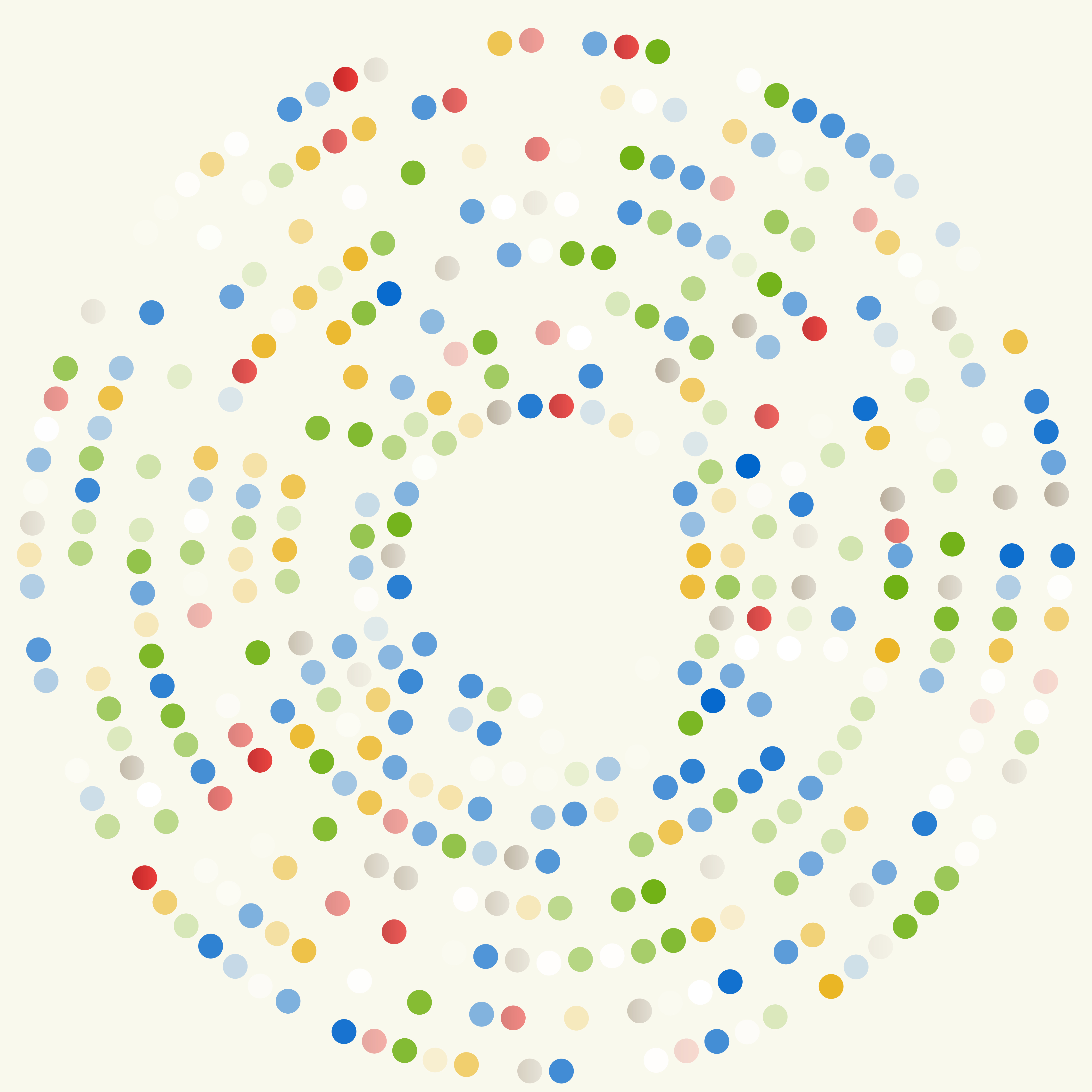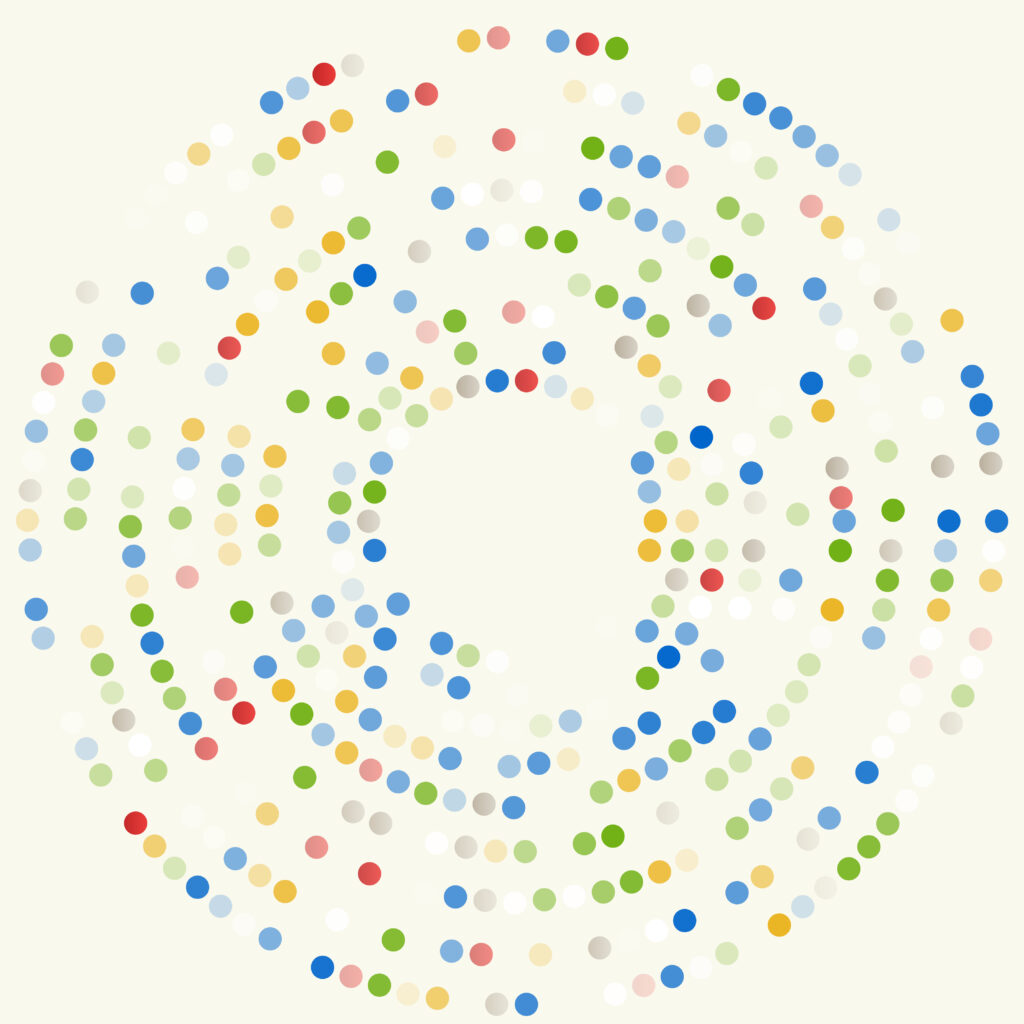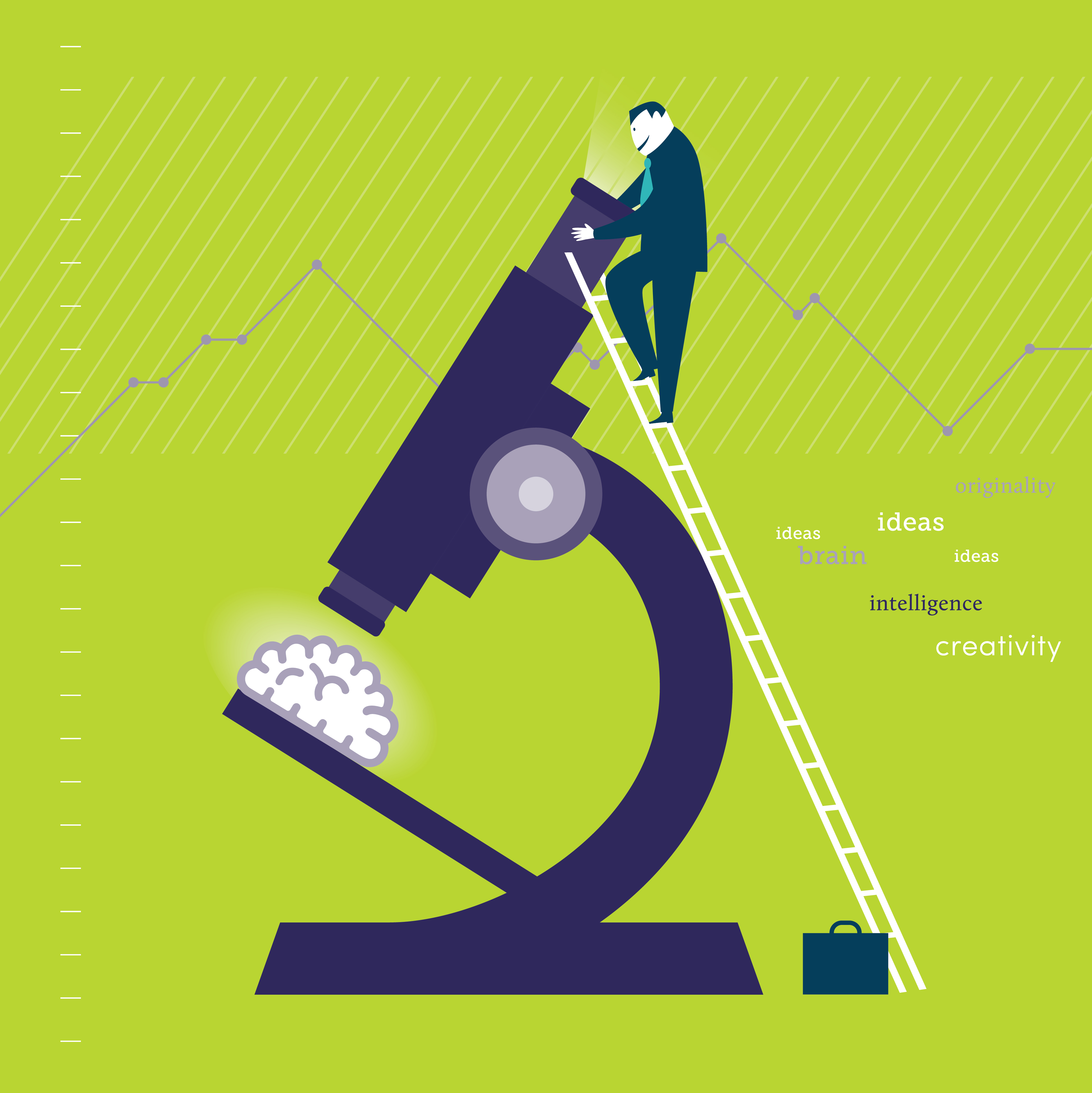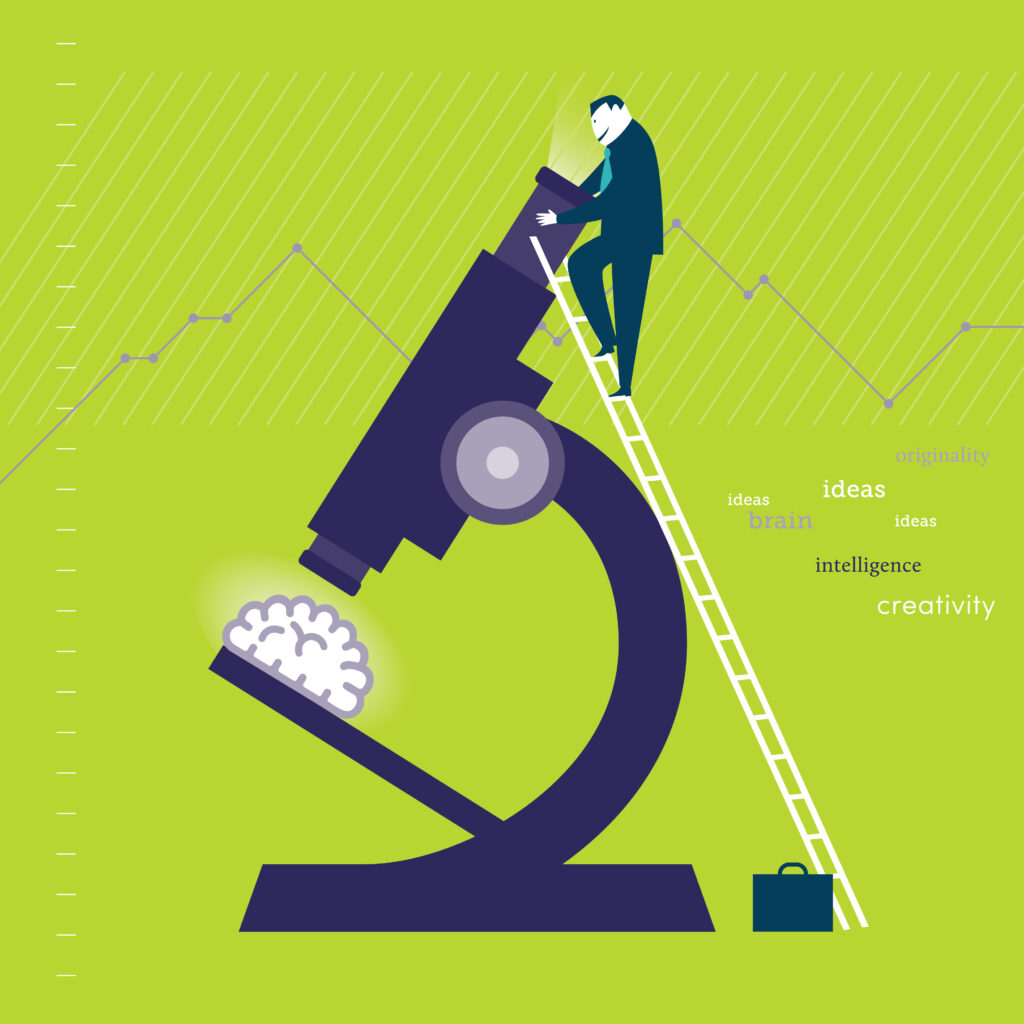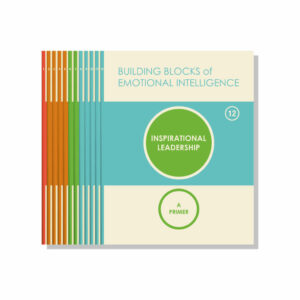

Leaders who want to succeed at any level of an organization must be emotionally intelligent. That’s the message I take away from reviewing decades of studies done by researchers and businesses across the world. What do I mean by emotional intelligence? What does the research say about why it matters? How can you develop your skills at emotional intelligence?
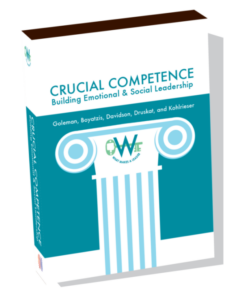 Answering those questions is the focus of Crucial Competence: Building Emotional and Social Leadership, a new video series featuring conversations I had with four of my colleagues, Richard Boyatzis, Richard Davidson, Vanessa Druskat, and George Kohlrieser. Here’s a brief introduction to the information we share in Crucial Competence.
Answering those questions is the focus of Crucial Competence: Building Emotional and Social Leadership, a new video series featuring conversations I had with four of my colleagues, Richard Boyatzis, Richard Davidson, Vanessa Druskat, and George Kohlrieser. Here’s a brief introduction to the information we share in Crucial Competence.
A Different Way of Being Smart
Emotional intelligence is a different way of being smart: how you manage yourself and your relationships. To find out whether someone has intellectual smarts, you test their IQ. To find out if someone is emotionally intelligent, you must look at their skill at handling emotional tasks. How aware are they of their own emotions? How well do they manage their emotions? How tuned in are they to the feelings of the people around them? How do they interact with others?
These questions about skill are based on a competence model for determining what makes someone truly capable of exceptional leadership. In a competence model, you do a systematic analysis and determine the abilities, or competencies, that you find in the high performers that you don’t see in the average.
Today, every organization with a high-quality Human Resources operation uses a competence model for their key positions. They use it to hire people, to promote people. And, it tells them what to help people develop in order to become star leaders.
After I wrote Emotional Intelligence, I asked about 100 organizations to let me look at their competence models, including the distinguishing competencies that set apart their outstanding performers from the normal at a given job. I aggregated all of these and looked at the composite with one question in mind: how many of the distinguishing competencies these organizations independently arrived at are based on IQ, purely cognitive abilities, and how many are based on emotional intelligence?
What I found was quite revealing:
For jobs of all kinds, at all levels, on average, emotional intelligence was twice as important as cognitive ability in terms of the distinguishing competencies. The higher you go in the organization, the more it matters.
If you look at top leadership positions, C-suite positions, you’ll see that 80 to 90%, sometimes 100%, of the competencies that organizations independently have determined are the ones that set their star leaders apart are based on emotional intelligence.
What does this mean for you? Developing these competencies could help you become a better leader. One who is more adaptable, more focused on achievement, has better conflict management, and is generally more successful.
There are four parts to my emotional intelligence model: self-awareness, self-management, social awareness, and relationship management. Within each of these domains, there are learned competencies based on the underlying ability that make people outstanding in the workplace. My colleagues and I identified 12 emotional intelligence competencies spread across the four domains. Crucial Competence explores in depth each of those 12 competencies.
Here’s an excerpt from Crucial Competence where I discuss the neuroscience of self-management with Richard Davidson:








